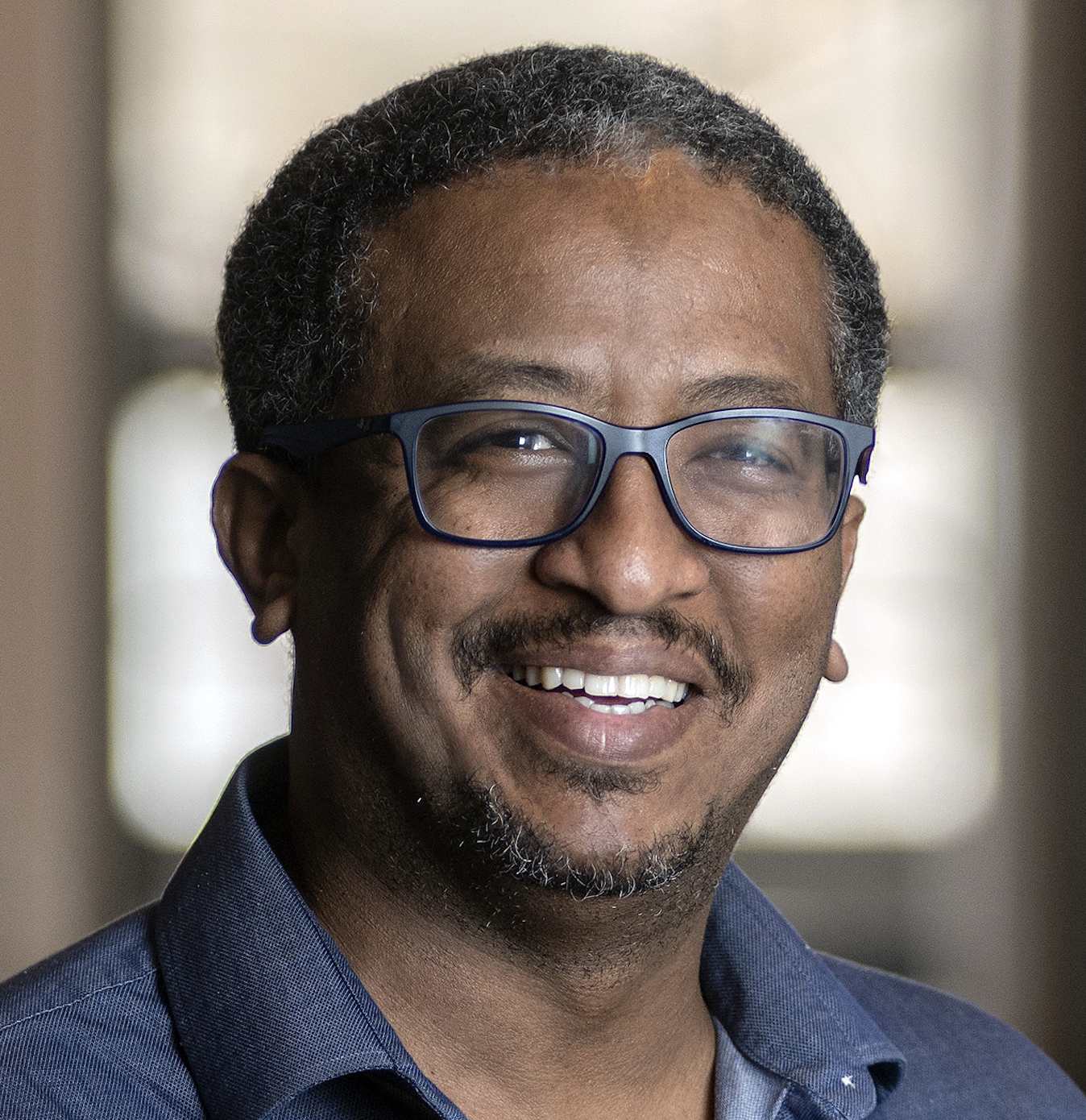
Sultan Hassan (he/him)
Computational Astrophysicist/Cosmologist | NASA Hubble Fellow @ NYU | ML/AI Researcher | KaggleX Fellow @ Kaggle/Google | sultan.hassan@nyu.edu

Computational Astrophysicist/Cosmologist | NASA Hubble Fellow @ NYU | ML/AI Researcher | KaggleX Fellow @ Kaggle/Google | sultan.hassan@nyu.edu
I develop and test machine learning systems and statistical models to advance scientific discovery in complex, data-intensive domains. My current research focuses on improving the reliability and interpretability of AI models in scientific applications, with an emphasis on causal inference, out-of-distribution generalization, and robust uncertainty quantification. I am particularly interested in leveraging generative models and mechanistic interpretability to bridge gaps between theoretical predictions and empirical observations in high-dimensional datasets. Additionally, I explore how large language models (LLMs) can enhance research workflows, as demonstrated by my work on CosmoGemma, an AI-powered research assistant developed as part of the KaggleX fellowship.
© Sultan Hasssan 2024.
Follow me on Google Scholar | NASA ADS | LinkedIn | GitHub | Hugging Face